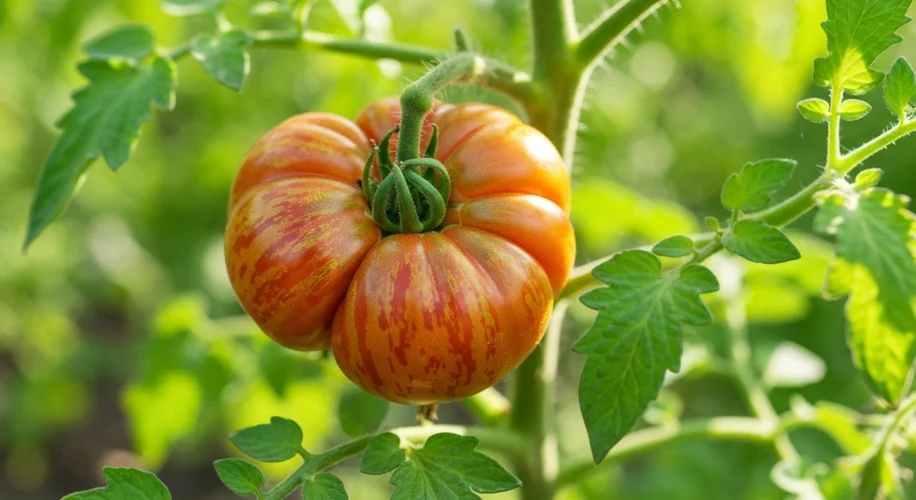Hey everyone, Elias here!
This year in the garden, I’ve noticed something fascinating with a few of my tomato plants – a bit of a genetic surprise package. It’s those unexpected twists and turns that make gardening so exciting, right? Today, I want to dive into what might be causing some of those wonderfully weird tomato traits we sometimes see, and what we can learn about the incredible genetics at play.
Have you ever grown a tomato that just looks… different? Maybe it’s an unusual color, a strange shape, or perhaps it produces fruit that’s unlike anything the seed packet promised. These anomalies aren’t usually a cause for alarm; more often, they’re a peek into the rich genetic tapestry of tomatoes.
The Science Behind the Surprise
Tomatoes, like all living things, have genes that dictate everything from their growth habit to the size, shape, color, and flavor of their fruit. These genes can be passed down from parent plants, but sometimes, they express themselves in unique ways. Think of it like a recipe: you have all the ingredients, but the final dish can vary slightly depending on how those ingredients interact.
One common genetic trait that can lead to interesting results is called heterozygosity. Many tomato varieties are naturally heterozygous for certain traits, meaning they have two different versions (alleles) of a particular gene. When these plants reproduce, there’s a chance the offspring will inherit a different combination of these alleles, leading to variations in the next generation. This is particularly common in older, open-pollinated varieties and heirlooms.
Another factor can be gene expression. Sometimes, environmental conditions can influence how genes are expressed. While genetics lay the foundation, things like sunlight, temperature, and soil nutrients can subtly tweak how those genetic blueprints are read. This is why a plant might produce slightly different fruits year to year, even if it’s the same variety.
Heirloom Tomatoes: A Genetic Treasure Trove
This is where heirloom tomatoes truly shine. These varieties have been passed down through generations, often selected for unique characteristics rather than uniformity. Because they haven’t been subjected to the same intense breeding for consistency as many modern hybrids, heirlooms are more likely to display fascinating genetic variations. Each plant can be a living history lesson, showcasing traits that have been preserved for decades, sometimes centuries!
Discovering these unique traits is part of the joy of gardening, especially when you’re growing heirlooms. You might find a tomato with internal marbling, a blossom end that’s shaped like a star, or a fruit that changes color multiple times as it ripens. These aren’t flaws; they’re beautiful expressions of a plant’s genetic heritage.
Don’t Be Afraid to Experiment!
So, the next time you see a tomato that deviates from the norm, take a moment to appreciate it. It’s a chance to learn about plant genetics and the wonderful diversity that exists in our gardens. If you’re curious, try saving seeds from these unique plants (especially if they are open-pollinated or heirlooms) and see what grows next season. You never know what genetic treasures you might uncover!
Happy gardening!

